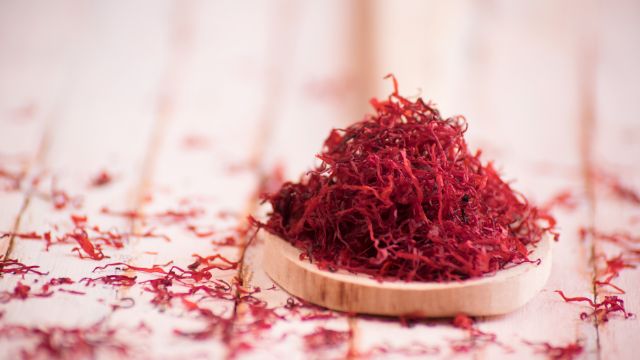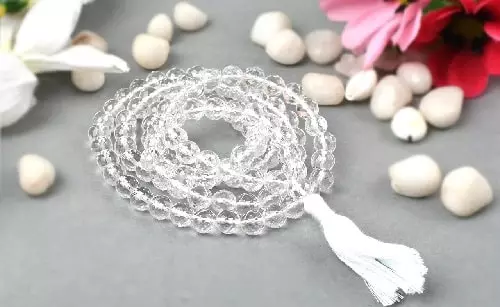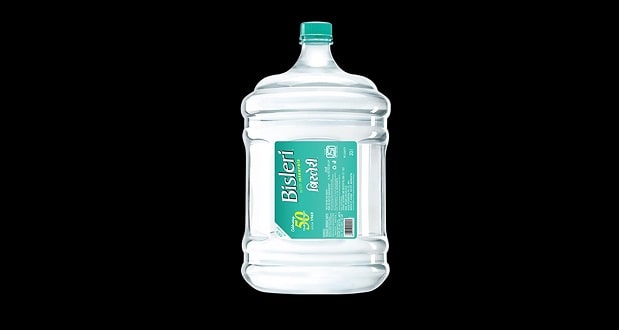One of the most expensive and sought-after spices in the world is saffron, also known as “red gold.” It is utilized in a variety of culinary preparations, as a natural dye, and maybe for health reasons. The highly esteemed spice saffron, also known as the “red gold,” is made from the stigma of the Crocus sativus flower. Saffron is one of the most costly and sought-after spices in the world because these vivid crimson threads are meticulously hand-harvested.
Saffron has a long and illustrious history that stretches back millennia. It is prized for its distinctive flavor and perfume as well as its vivid golden-yellow color when added to beverages. It is a key ingredient in many different cuisines, giving foods a certain depth and complexity. Saffron has been prized for its health benefits and as a natural colour in addition to its culinary purposes.
The benefits of saffron to health are widely known. Yet it might be challenging to distinguish between pure saffron threads and their various variations. Given how much it costs, it’s important to know what you’re receiving for your money and to be sure you’re getting a high-quality item with the best flavour, aroma, and appearance. However, because of its high price, saffron is occasionally tampered with or marketed as a fake.
Guide To Identify Original Saffron
Here are some guidelines on how to determine the authenticity of saffron to be sure you’re getting real stuff:
- Check the Threads: The female reproductive organs of the saffron crocus flower should be a brilliant crimson colour and have a deep red hue on genuine saffron threads. Avoid using saffron that seems faded, drab, or has yellow patches as these could be signs of contaminants or adulteration.
- Smell the Aroma: Real saffron has a distinct, delightful aroma that is frequently characterized as floral, honey-like, or just a little metallic. Your saffron might not be genuine if it lacks this perfume or has a musty or synthetic scent.
- Feel the Texture: Genuine saffron threads need to be dry and brittle to the touch. They ought to easily crumble into a fine powder whenever you rub your fingers together. The threads may be artificial or contain additional moisture when they are flexible or feel sticky.
- Check for Uniformity: The length and size of genuine saffron threads are generally consistent. Wide variations in the threads’ length or thickness may indicate that other plant elements have been added during adulteration.
- Rub the Saffron threads with your fingers: After a brief period in cold water, remove a pair of saffron threads and lay them on your finger to rub with your fingertips. Two or three times, wiggle your fingers back and forth across the threads. You are dealing with fake or poor-quality saffron if the saffron threads separate or turn to dust or liquid. Pure saffron strands won’t unravel.
- Hot Water Test: Take a few saffron threads and soak them in hot water to perform a hot water test. Keep in mind that it shouldn’t be boiling water. Real saffron will still retain its colour even in warm water if you let it stand for 5 to 20 minutes. Additionally, the water may turn evenly yellow. However, a synthetic red pigment that dissolves in hot water is typically used to produce faux saffron. You’ll notice that the water is red and that the colours may not blend well with it.
- Cold Water Test: Take a few saffron threads and submerge them in cold water. Both pure and impure saffron threads will cause the colour to release into the water, as you shall see. You will notice that the entire glass has uniformly gone yellow after 15 to 20 minutes.
- Utilize baking soda: Lastly, you can test the purity of pure saffron by combining it with baking soda in a tiny cup of water. The saffron is pure if the combination is yellow.
- Price and Source: Be aware of saffron being offered for an absurdly low price. Genuine saffron is pricey because it takes a lot of work to harvest. Buy saffron from respected vendors or companies who have a track record of providing high-calibre saffron.
- Packaging and Labelling: Be sure to carefully examine the packaging and labelling. Look for certifications or authenticity stamps from reputable saffron authorities. Look for spelling mistakes or odd packing, as these are common signs of fake goods.
- Purchase Whole Threads: Whenever feasible, opt for entire saffron threads over saffron powder. Because powdered saffron is more likely to be adulterated, it is more difficult to ascertain authenticity.
- Conduct Research: Learn about saffron’s history and origins. Making more informed purchasing decisions can be aided by being aware of the common growing locations and harvesting procedures for saffron.
- Trust Your Source: Contact a reputable saffron brand or source. Genuine saffron is more likely to be offered by reputable dealers, and they can also respond to inquiries concerning the product’s origin and quality.
Tips on purchasing saffron
Never purchase the saffron ground. Even though your recipe might ask for ground, if you purchase it in threads, you can at least tell if it is authentic. Once the substance has been ground, it is nearly hard to tell what is true from what is phoney or tampered with. Additionally, even if it is true, ground saffron may contain additives like starch, coloured rice flour, or other spices like paprika or turmeric.
It may seem obvious, but it never hurts to keep in mind that you should only purchase from reliable sources. That source could be a physical store you know and trust or an internet vendor you’ve carefully selected.
Conclusion
To properly appreciate culinary and therapeutic properties of saffron, its genuineness must be guaranteed. You can enjoy the authentic flavour of this priceless spice while avoiding adulterated or fake items by carefully scrutinizing its appearance, scent, and texture, performing easy tests, and buying from trusted suppliers.

Santosh Kumar is an editor at unfoldstuffs.com and a professional content writer. With years of experience he is passionate for creating engaging, informative and impactful topics.










